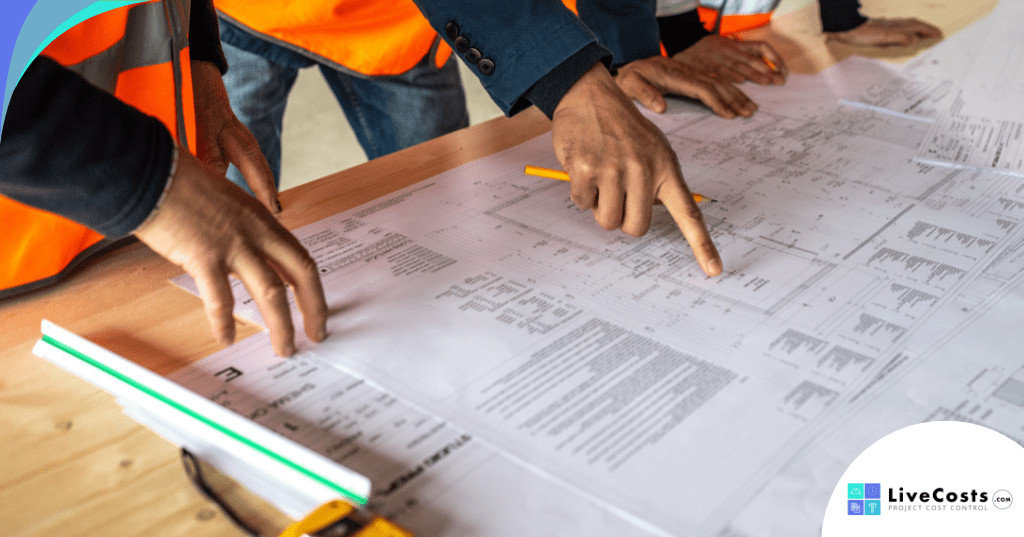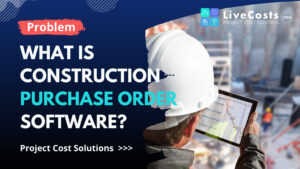Construction projects and their management can be complex endeavours that require careful planning, execution, and proper supervision. From initiation to completion, each construction phase brings its own unique challenges and dependencies; with each needing its own unique strategy to ensure the project is completed on time and to budget. Our guide below will guide you, step-by-step, through how to effectively manage a construction project.
Setting Project Goals and Objectives
The first step in managing any construction project is to set clear goals and objectives. This will require you to work with the client to understand their requirements, set the budget for the project and identify any constraints, and outline the expected outcome. This first phase will have a knock on effect on the rest of your project and can determine the success of the project so it’s important to get things right from the start.
Feasibility Study
The next step is to carry out a feasibility study. This will allow you to assess whether or not the project is viable, and can be completed as planned. To determine this, you should evaluate the site conditions, investigate any legal or planning issues, try to identify possible financial problems and constraints, and look out for potential risks.
Stakeholder Identification
For a construction project to be a success, it needs to be aligned with the requirements of the key stakeholders. So, the next step is to Identify all key stakeholders involved in the project – this includes the clients, contractors, suppliers, planning authorities, and the end users. Understanding stakeholder needs and expectations from the outset is vital for smooth execution of the project.
Project Planning
To properly plan any construction project, you need a detailed project plan that outlines the scope of work, the timeline for construction, key milestones, and deliverables. This plan will act as the roadmap for the project’s lifecycle.
Budgets & Costs
Construction projects need accurate, comprehensive budgets for each stage of the project. Your budget should cover all aspects involved including materials, labour, equipment, sub-contractors, and plant costs. As part of budgeting and cost management, you should also factor in contingency costs in case you run into any unforeseen issues or delays. The more accurate your cost estimation, the less likely you are to experience financial overruns.
Resource Management
Managing resources properly is a huge part of any successful construction project. Start by identifying what’s needed in terms of materials, equipment, and labour. Then allocate the necessary to the specific task or phase of the build. This should help ensure the correct resources are available when needed; and help to avoid delays.
Planning For Risks
Construction projects are not always straightforward and can often run into unexpected problems or delays. To counter this, you can identify potential risks from the off and develop a plan for when and if they happen. This means being both proactive and reactive to prevent issues before they arise, and to address issues when they do.



